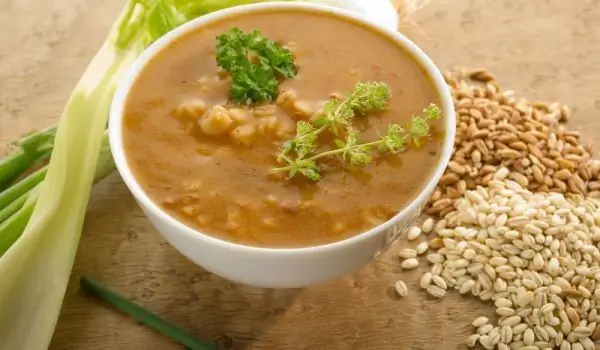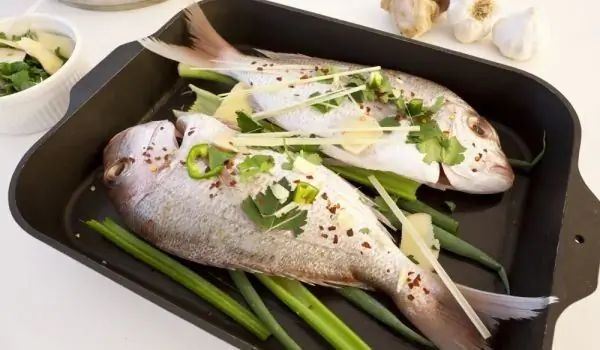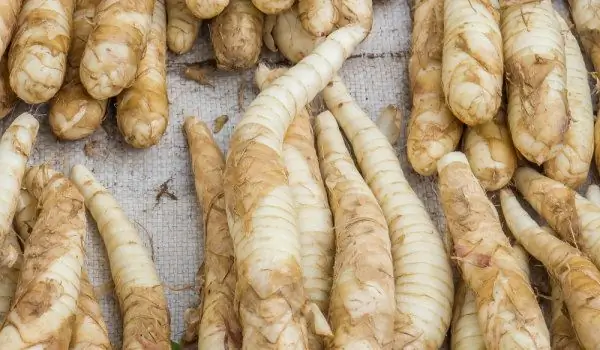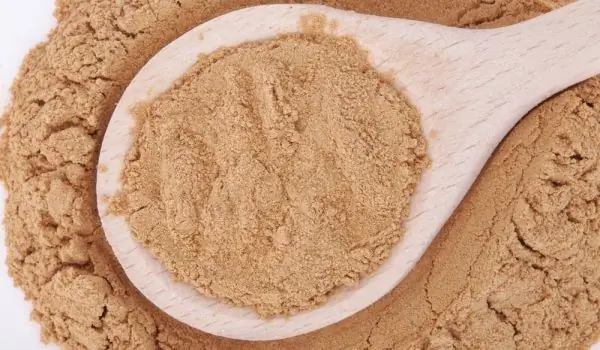2025 Author: Jasmine Walkman | [email protected]. Last modified: 2025-01-23 10:18
Cassava is an evergreen shrub whose starch-rich roots, which look like large long potatoes, have been used by humans for thousands of years for cooking.
Cassava initially grew only in South and North America, and then began to be grown in Africa and Asia.
Cassava fruits are really big - the largest of them can reach almost ten kilograms. But the young roots of cassava are more pleasant for consumption, so their excessive development is not allowed.
When raw, cassava roots contain a poison that is toxic to humans, so they must be very well heat-treated.

Cassava roots are mostly used to make tapioca - a flour that is used in many types of dishes.
To make tapioca, cassava roots are cleaned, grated very finely, drained with a press, dried and rubbed through a sieve. This is how the famous cassava flour is made.
From this flour, known as tapioca, bread and various types of bread are baked, porridges and desserts are prepared, and even alcohol is produced.
If you buy raw cassava root, you can peel it, then cut it and fry or boil it. This way you will get a tasty and nutritious garnish. After peeling, the cassava is put in cold water so that it does not darken.
You can make delicious cakes from tapioca, they are especially suitable for people who are allergic to wheat gluten. The cakes are easy to make - only from tapioca and water. Mix and make cakes, which are baked in a pan lightly greased.
Fish broth and tapioca are very popular among Latinos. One liter of broth is boiled and tapioca is added. Boil until it starts to bubble, then allow to cool.
The most delicious and attractive form of tapioca are white pearls of cassava flour. They boil and darken on contact with hot water. Sprinkle with powdered sugar and serve as a dessert. To make them more attractive, tapioca pearls are painted in different colors.
Recommended:
Culinary Use Of Barley

Barley (Hordeum distichon, Hordeum vulgare) is a plant of the Cereal family. It has been used for food since the Neolithic. Written data about it are found from the 1st century. Then the ancient Greek healer Diskoridis recommended it as a remedy for sore throat, against a bad mood and for weight loss.
Culinary Use Of Lemongrass

Lemongrass is also called citronella. It has a bright and fresh aroma of lemon and over 50 varieties. It is distributed mainly in the tropics and temperate zones. It is a perennial plant with long and sharp and tall leaves. From it the leaves in the ground part of the grass are used.
Culinary Use Of Macaw

Few have heard the word "ararut", and those who have heard it from somewhere have no idea what it is. Ararut is a type of cereal crop, little known in Bulgaria. However, it is very useful because it is extremely easy to digest and contains many vitamins.
Culinary Use Of Indrishe

Indrisheto is a highly aromatic herb that should be present in every household. Few people know that indrisheto is actually the only type of geranium edible. Visually it looks like geranium, but it smells like a rose - interesting, isn't it?
Culinary Use Of Mesquite

Mesquite flour is obtained from the fruits in the form of pods and legumes from the tree Mesquite . There are about 45 species of mesquite trees distributed in arid areas around the world. They grow in parts of South America, the southwestern United States and even the Chihuahua Desert in Mexico.

